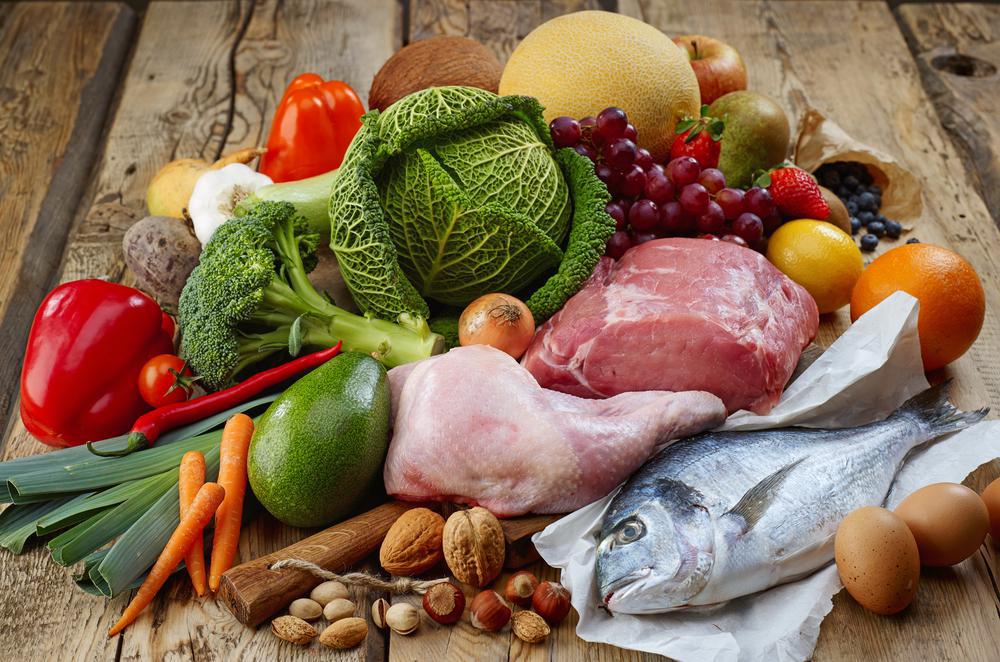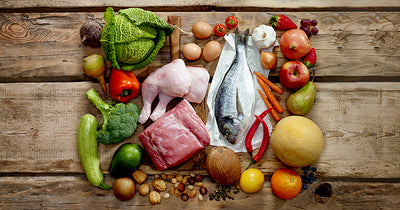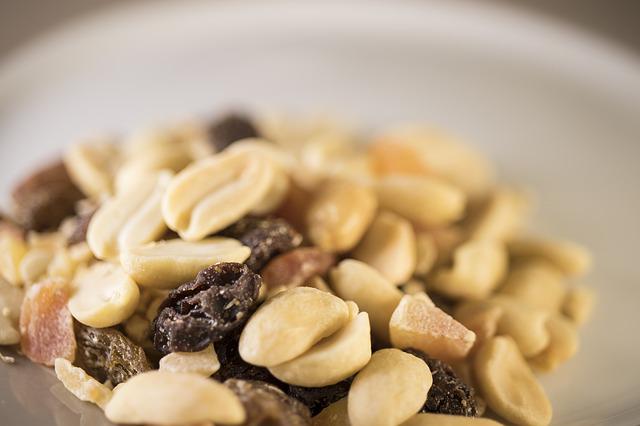
The Paleo diet is a great option for beginners or those who have not heard of it before. We'll discuss its potential health benefits, possible side effects, and applicability. This diet is based on whole grains and fruits, nuts and seeds, as well as fish (preferably wild and sustainably). Except for bow hunting, this diet does not include meat. The diet contains moderately high amounts of dairy, which can be a good source to calcium. It also includes whole grains as well as legumes.
Problems with the Paleo diet
There are numerous problems with the Paleo diet. The Paleo diet is high in meat and eggs and it rejects healthy food such as dairy and other grains. Although Paleo may seem to have some advantages, it is not based upon scientific research. These are some of the most frequent problems associated with this diet. Below are common Paleo problems. Make sure you weigh all your options before making the switch.
The basic idea of the Paleo diet is that humans evolved to eat meat and seafood. Since there are very few edible plants in the Arctic, these people were able to adapt to lack of plant food and remain healthy. Paleo discourages grains. But, this diet offers many benefits and can be incorporated into your diet to help you stay lean and healthy.
Potential health benefits

Paleo may offer some benefits to people with metabolic diseases due to its high-protein and low-carbohydrate content. The reduced intake of sugars (which are often associated to insulin resistance), increases the body’s capacity to process glucose and improves insulin sensitivity. It may also help people with autoimmune disorders, since the absence of grains and legumes reduces the body's intake of these foods. But, it is important to remember that whole grains can reduce your intake of beneficial nutrients as well as increase your risk of developing cardiovascular disease or diabetes.
A study published in American Physiological Society recently showed that the diet decreased biomarkers of inflammation. It may also lead to a decrease in prescription drug usage in patients with type II diabetes. Further research is needed to confirm the benefits of this diet and its potential to reduce medications. Although it is important to avoid high-processed foods, many have found significant benefits. Paleo is not a diet that requires you to eliminate refined foods like breads, pastas and sugary drinks.
Possible side effects
A lack of cereal grains could be one of the side effects associated with the paleo diet. Your intake of fiber, B vitamins and other nutrients will be reduced if there are no cereal grains. This can affect your ability to regulate blood sugar levels. Eliminating grains from your diet can increase the risk of developing certain chronic diseases, such as diabetes. Also, important nutrients such iron and magnesium found in cereal grains can lower cholesterol and help protect your body from chronic disease. If you've been eating cereal grains for a while, it is important to be aware about the potential side effects of the paleo diet.
Bad breath is one side effect of Paleo. This side effect can vary from person to person and is dependent on your diet and metabolism. You may notice a foul-smelling breath if your body is in ketosis. You may notice an increase in hydrogen sulphide production in your gut if your diet contains more protein. This can cause unpleasant burps. It may also lead to a smell similar to eggs.
Applicability

The Paleo diet is not supported by adequate research, despite the many claims about weight loss and healthy living. Whole food groups are either eliminated or limited by the diet, including dairy products and grains. It can lead to a high intake of saturated fats and a lack of key nutrients. It is classified as somewhat hazardous. Here are some reasons to not follow the Paleo Diet:
The Paleo diet encourages lean meat consumption in addition to avoiding dairy protein. It also has the potential to function as part of a periodized nutrition plan for strength and power athletes. The diet may be more restrictive during the off-season while becoming more flexible during the sport season. This allows athletes in the sport seasons to include more CHO. However, it may be difficult for strength/power athletes to adhere to this diet plan.
FAQ
How do you get hired as a Chef?
To get a job as chef, you must first complete a culinary arts degree. Next, you should join a professional association such as the American Culinary Federation (ACF). The ACF offers certification exams and networking opportunities.
What does a culinary program cost?
The cost of a culinary school depends on where you are, how much you study, and what program or course you choose. Tuition costs range from $10,000 to $30,000. The majority of students graduate with around $20,000 in student debt. Some programs offer work-study, grants, scholarships and grants.
How do you choose the right career path to become a chef? How do I begin my career as chef?
Apprenticeships are a great way to get started if you want to become a chef. Apprenticeships give you the opportunity to work for many years without having to pay tuition fees. After completing your apprenticeship, you can apply for a position as a sous chef. Sous chefs are responsible for supervising cooks and helping them prepare salads or desserts. They also oversee the entire operation of the restaurant.
How can I motivate myself to cook?
Sharing meals with family and friends is the best part of cooking. Cooking for yourself is much more enjoyable than cooking for others. You can be inspired to cook if you try something new. This way, you will learn about new ingredients and techniques. To expand your culinary skills, you can also make use of recipes from other cultures.
Do I have to learn how to cook with my children?
Yes! Yes! Kids love helping in the kitchen. It's a great way to teach responsibility and teamwork. From washing vegetables to chopping onion, children can help. They will enjoy helping you to cook if your children are safe with knives.
How long does it take to learn to cook? What time do you need to learn how to cook?
It depends on the skill level. Some people can pick up basic cooking techniques within a day or two. Others may take months or years to master the basics of cooking.
The time taken to learn to cook will depend on who you ask. A person who has never cooked before will likely need more time to learn than someone who is a regular cook. Different types of cooking require different amounts of experience. Baking, for example, requires more experience than frying.
You should learn a particular technique to improve your cooking speed. Once you are proficient in that technique, you can move onto the next one. You don't need to worry about how many days or weeks it took to learn how to cook. Keep practicing and having fun with the whole process.
How do you become a chef?
There are many routes to becoming a chef. A course at a local community college or vocational school is a good place to start. Consider attending culinary school. Finally, consider a paid internship.
Statistics
External Links
How To
How to Be a Chef
Chefs are one of the most fascinating careers. It requires a lot of knowledge and skills, making it difficult to find out what job would suit your interests best. However, if you want to start working immediately, there are many ways to get into this field. You have the option to work in restaurants or hotels, as well as at catering companies. Or you can even learn how to cook. To make the decision easier, we've prepared some useful tips on becoming a chef.
-
Learn how to cook! Everybody should learn to cook once in their lifetime. If you don't know anything about food yet, then you should definitely try to learn how to cook. So many different recipes are available online, and they are easy to follow. It is important to not rush when learning new things. Enjoy every step and take your time.
-
You should get a degree in culinary arts
If you wish to become a professional chef, a culinary arts degree might be the right choice. You'll be able develop your personal style and taste, while also learning valuable information. Culinary schools offer courses like baking, pastry-making, meat cutting, etc. Students are required to stay in class for several years before graduating. However, if you really wish to become a chef you need to think twice about choosing any school.
-
Work in a restaurant
Working in a restaurant is probably the easiest way to enter the world of chefs. This is the best way to get practical experience before you decide to become a chef. Restaurants always look for qualified staff, especially those who have worked in other fields. So if you want to become a chef without formal education, you should look for restaurant jobs.